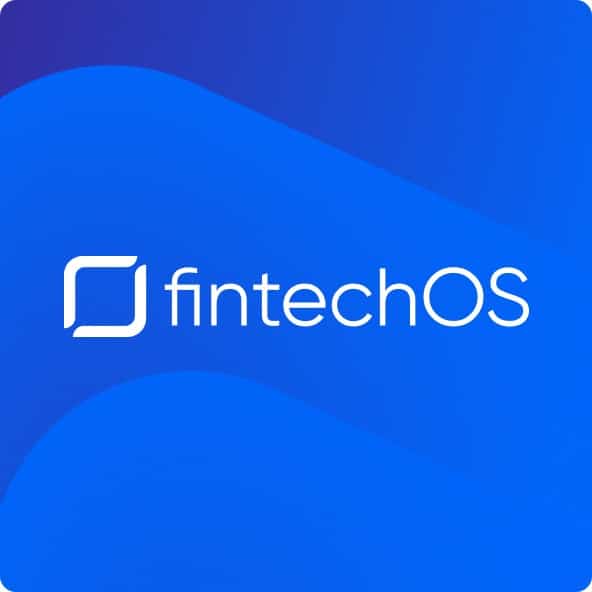Established banks and insurance companies have been around for a long time, and many are working with legacy technology, or outdated computer hardware or software technologies, that were introduced more than half a century ago. When the first computer systems were introduced in the 1960s, there was little expectation that this new technology was here to stay and it wasn’t intended to be upgraded or replaced. It wasn’t, in other words, designed with future-proofing in mind.
Fast forward, and the financial services industry has changed beyond all recognition. Digital start-ups are disrupting the marketplace, customer expectations of digital integration and seamless transactions are sky-high, and banking services are no longer simply the preserve of established financial institutions.
Working within an established financial institution can feel like you’re at the helm of a supertanker, and the digital disrupter startups are agile speedboats, whizzing around you and racing off into the distance with their innovative products that exceed customer demands. To continue the analogy, to change the direction of an established bank, like a supertanker, is slow, laborious, and involves lots of people.
But the process of updating or replacing legacy technology for established banks isn’t completely bleak. Like supertankers, with their size, resources, and momentum, these institutions can weather the storm while the nimble disruptors will be at risk (as Klarna’s round of redundancies in the summer of 2022 demonstrates). And with their financial stability, customer base, and solid reputations that the digital disruptors lack, some may question why these established institutions need to innovate at all.
Customer expectations are changing
A June 2020 PWC survey found that 41% of customers would switch providers due to a lack of digital capability. Nowadays, everything is online, and customers are increasingly expecting the latest technology in all their financial interactions. Apple and Google have set the bar high for digital experiences, and companies that can’t meet these high standards are quickly relegated.
As Gen Z comes of age, teenagers who have grown up with smartphones as standard will expect intelligent technology as a simple fact of life. But this is not just from a customer-facing point of view: staff working within these organizations will have higher expectations, too, and will be reluctant to work with outdated tools.
The changing scenery can be bewildering for established banks with legacy technology, not least because research from BCG has shown that 70% of digital transformations failed in the last few years. Complicated and costly legacy core banking transformation projects are negatively impacting profits and not hitting the mark with consumers.
By introducing digital innovation in a smarter way, there is an opportunity for the supertankers to alter their course while maintaining their strength: through no-code/low-code product creation.
Next generation financial product management: The smarter way to innovate
No-code/low-code financial product management platform allows organizations – not just financial institutions but any company operating digitally (retailers, telcos, and agriculture and utility companies) – to create and launch new digital products without the need for a full digital transformation.
FintechOS is a full-stack technology solution that works with existing legacy systems and can transform them into efficient, automated ecosystems. Hyper-personalized customer journeys become simple, which not only better caters to existing customers but also wins over new ones. Backend processes can be automated, which saves time, resources, and money.
Traditionally, there are three ways for established financial institutions to innovate.
- The first is innovation labs, which are teams of people working within the larger organization that are trying to make changes and either solve a problem or create a new business line. They can either be working closely within the existing business or on the edge of the company, probably doing something more disruptive.
- Second is the idea of incubators or accelerators, which tend to be further outside the company and offer help to startups in the form of office space, advice, and perhaps even financial investment. The aim with these is to be the startup’s first customer and for this enterprise to feed back into the incumbent’s innovation lab.
- The third way is for an established financial institution to invest in innovative businesses as venture capital, making a financial return and/or helping the business.
For established financial institutions, creating innovation labs allows for the best of both worlds. Going back to the supertanker analogy, it allows for the huge boat to maintain its steady course while its own agile speedboats zip around, creating innovative products to match its nimble digital competitors. And with no-code/low-code, these small, innovative teams aren’t reliant on legacy systems and teams of tech support. Instead, they can simply build, launch, and iterate innovative financial products that meet the needs of their market.
This idea of small teams working to solve specific problems and develop solutions is a principle that Amazon’s founder, Jeff Bezos, has used to his great advantage. Referred to as the two-pizza team rule, it works on the belief that nothing will be accomplished by any team that needs more than two pizzas to feed it. If two pizzas aren’t enough, then there’s too much complexity and red tape in the team.
By finding a way to balance legacy institutions with agile innovation, traditional financial establishments will reap two significant benefits. Firstly, they’ll be more attractive to the increasingly dominant Gen Z, who expect seamless technology across all aspects of life. Secondly, digitally superior financial institutions will see dramatically reduced costs compared to their competitors.
Currently dealing with outdated legacy technology? Book a demo to learn about financial product management plaforms here.

FintechOS FintechOS is an AI-driven product engine that integrates seamlessly with banks’ and insurers’ existing systems. Its low-code capabilities and composable architecture accelerate digital transformation, enabling rapid innovation without replacing core infrastructure. Financial institutions use FintechOS to create, onboard, distribute, and manage products efficiently while enhancing compliance and decision-making. By delivering personalized, data-driven experiences, FintechOS helps reduce costs and risks associated with traditional tech transformations. Over 50 clients, including Société Générale, Howden Group, and Admiral Group, trust FintechOS to modernize infrastructure, expand into new markets, and adapt to new business models.






